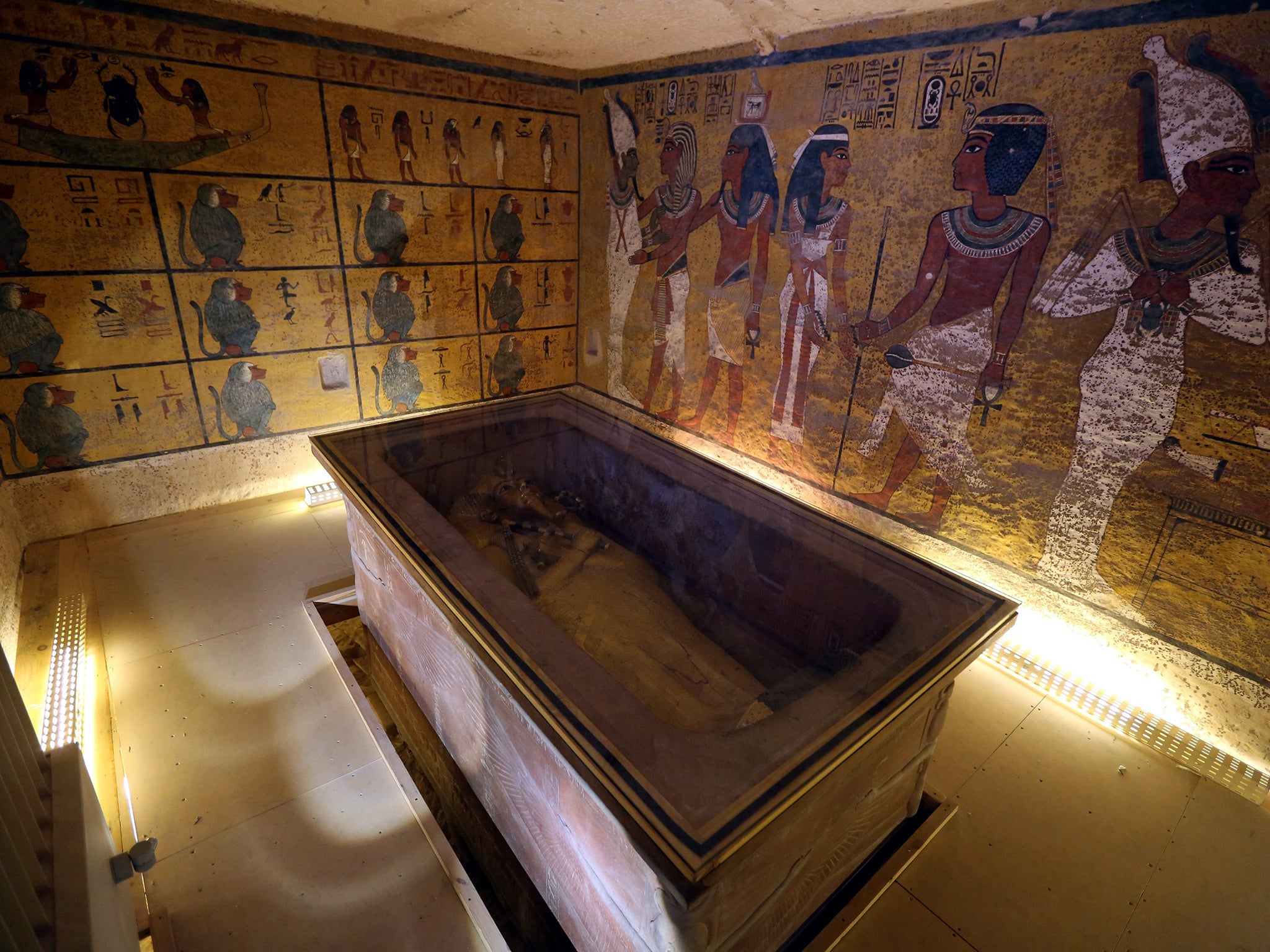Tutankhamun had a dagger made of iron that came to Earth on a meteorite, scientists find
The ancient Egyptians that helped fashion it probably knew what they were working with, the researchers suggested

Your support helps us to tell the story
From reproductive rights to climate change to Big Tech, The Independent is on the ground when the story is developing. Whether it's investigating the financials of Elon Musk's pro-Trump PAC or producing our latest documentary, 'The A Word', which shines a light on the American women fighting for reproductive rights, we know how important it is to parse out the facts from the messaging.
At such a critical moment in US history, we need reporters on the ground. Your donation allows us to keep sending journalists to speak to both sides of the story.
The Independent is trusted by Americans across the entire political spectrum. And unlike many other quality news outlets, we choose not to lock Americans out of our reporting and analysis with paywalls. We believe quality journalism should be available to everyone, paid for by those who can afford it.
Your support makes all the difference.King Tutankhamun was buried with a dagger made from a meteorite, according to a new paper.
The ancient Egyptians that helped make it also probably knew that the material they were working with came from the sky, the researchers have said.
For years, scholars have speculated about whether ancient Egyptians worked with “meteoritic iron”, because the existence of smelted iron was rare. A lack of detailed analysis has meant that it has been difficult to know for sure what materials were used.
But the new research uses new technologies to show that the blade is meteoritic.
It also appears to show that Egyptians attached huge amounts of value to such metals. And they appear to have been skilled in fashioning them into objects like blades, the researchers claim in their article published in the journal Meteoritics and Planetary Science.
The study might even explain a mysterious hieroglyphic term that translates into “iron of the sky”, which came into use around the 13th century BC. That is used to describe all types of iron but came into use around the same time as a text that appears to describe a meteorite.
That seems to suggest that ancient Egyptians were aware that the chunks of iron had made their way to them from the sky – meaning that their understanding pre-dated that of Western culture by two thousand years.
The research used X-ray fluorescence spectrometry to take a picture of what King Tut’s knife was made out of. It found that the combination of iron, nickel and cobalt were the same as other meteorites, suggesting strongly that was where the material had come from.
“As the only two valuable iron artefacts from ancient Egypt so far accurately analysed are of meteoritic origin, we suggest that ancient Egyptian attributed great value to meteoritic iron for the production of fine ornamental or ceremonial objects,” the researchers conclude.
Join our commenting forum
Join thought-provoking conversations, follow other Independent readers and see their replies
Comments